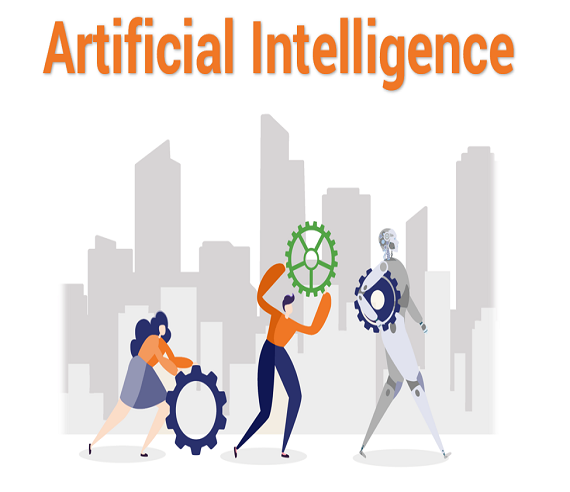
The combination of artificial intelligence and human intelligence increases security
Every business receives an average of 10,000 alerts per day from the various software tools it uses to monitor for intruders, malware, and other threats. Cybersecurity professionals often find themselves overwhelmed with the data they must sort through to manage their cyber defenses. The stakes are high, cyber attacks are on the rise, affecting thousands of organizations and millions of people in the United States alone. Can all these warnings be checked and answered by humans? Is human speed enough to check all these warnings? Don't humans need food, rest and sleep?
All this led to the entry of artificial intelligence
branch into cyber security. ML and AI have slowly changed the way we interact with technology.
Identifying threats and responding appropriately in the shortest possible time is the main goal of
today's security solutions. What data needs to be collected, what analysis needs to be done on it,
what patterns need to be extracted from this data, what actions need to be taken after a threat is
detected, these are all processes that are aided by AI to help security professionals. By automating
these processes and reducing the role of human element in them, the possibility of human error is
reduced and a large amount of data is analyzed and the required patterns are extracted at a higher
speed, at a lower cost and in a shorter period of time. Also, these threats will be resolved with
accurate and faster response.
Intrusion detection systems and SIEM solutions do these things for us to some extent, but
due to the increase in attacks using zero-day vulnerabilities, the development of the next
generation of multifaceted malware, and most importantly, cyber attackers are moving towards using
From artificial intelligence, the need to use next-generation solutions based on "machine learning"
and "deep learning" has become crusial.

Some advantages of using artificial intelligence for cyber security
- AI learns more over time.
- After learning, AI can detect unknown threats.
- AI can handle a lot of data.
- Better management of vulnerability and related risks.
- the number of repetitive processes are reduced.
- Speeds up detection and response time.
